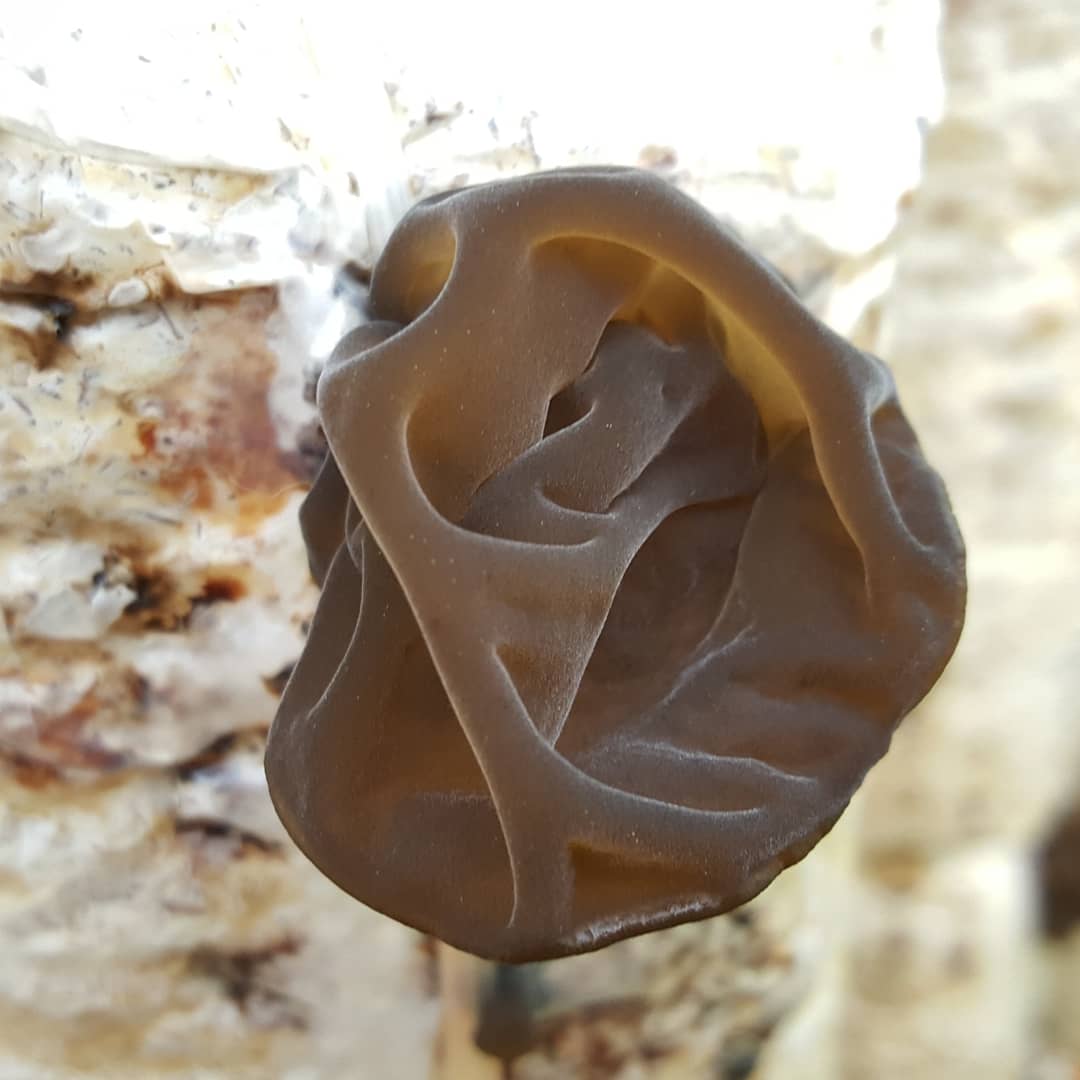|
Baokang County
Baokang County () is a county of northwestern Hubei province, People's Republic of China. It is under the administration of Xiangyang City. Administrative divisions Ten towns: * Chengguan (), Huang (), Houping (), Longping (), Dianya (), Maliang (), Xiema (), Maqiao (), Siping (), Guoduwan () The only township is Liangyu Township () Climate Regional Specialty Crepe Myrtle Native in the mountains, Crepe Myrtle is named as the official flower for the county. Crepe Myrtle in Baokang is known for its varieties and long history. Baokang county has six species of Crepe Myrtle. Some are more than 1000 years old. Hotsprings Mineral Resources Baokang County has great volume of mineral resources. Twenty four types of mineral resources have been discovered in its area, twelve of which the potential volume of them were determined. Metal mineral resources in this area include iron, manganese, vanadium, copper, lead and zinc, multi-metal, and alumina. Non-metal mineral re ... [...More Info...] [...Related Items...] OR: [Wikipedia] [Google] [Baidu] |
Postal Code Of China
Postal codes in the People's Republic of China () are postal codes used by China Post for the delivery of letters and goods within mainland China. China Post uses a six-digit all-numerical system with four tiers: the first tier, composed of the first two digits, show the province, province-equivalent municipality, or autonomous region; the second tier, composed of the third digit, shows the postal zone within the province, municipality or autonomous region; the fourth digit serves as the third tier, which shows the postal office within prefectures or prefecture-level cities; the last two digits are the fourth tier, which indicates the specific mailing area for delivery. The range 000000–009999 was originally marked for Taiwan (The Republic of China) but is not used because it not under the control of the People's Republic of China. Mail to ROC is treated as international mail, and uses postal codes set forth by Chunghwa Post. Codes starting from 999 are the internal codes use ... [...More Info...] [...Related Items...] OR: [Wikipedia] [Google] [Baidu] |
Wood Ear
Wood-ear or tree ear (, Korean: 목이 버섯), also translated wood jellyfish or , can refer to a few similar-looking edible fungi used primarily in Chinese cuisine; these are commonly sold in Asian markets shredded and dried. * ''Auricularia heimuer'' (黑木耳, black ear fungus), previously misdetermined as ''Auricularia auricula-judae'' * ''Auricularia cornea'' (毛木耳, cloud ear fungus), also called ''Auricularia polytricha'' * ''Tremella fuciformis ''Tremella fuciformis'' is a species of fungus; it produces white, frond-like, gelatinous basidiocarps (fruiting bodies). It is widespread, especially in the tropics, where it can be found on the dead branches of broadleaf trees. This fungus is c ...'' (银耳, white/silver ear fungus) The black and cloud ear fungi are black in appearance and closely related. The white ear fungus is superficially similar but has important ecological, taxonomical, and culinary differences. {{Fungus common name Chinese edible mushrooms ... [...More Info...] [...Related Items...] OR: [Wikipedia] [Google] [Baidu] |
County (People's Republic Of China)
Counties ( zh, t=縣, s=县, hp=Xiàn), formally county-level divisions, are found in the third level of the administrative hierarchy in Provinces and Autonomous regions and the second level in municipalities and Hainan, a level that is known as "county level" and also contains autonomous counties, county-level cities, banners, autonomous banners and City districts. There are 1,355 counties in Mainland China out of a total of 2,851 county-level divisions. The term ''xian'' is sometimes translated as "district" or "prefecture" when put in the context of Chinese history. History ''Xian'' have existed since the Warring States period and were set up nationwide by the Qin Dynasty. The number of counties in China proper gradually increased from dynasty to dynasty. As Qin Shi Huang reorganized the counties after his unification, there were about 1,000. Under the Eastern Han Dynasty, the number of counties increased to above 1,000. About 1400 existed when the Sui dynasty abolish ... [...More Info...] [...Related Items...] OR: [Wikipedia] [Google] [Baidu] |

